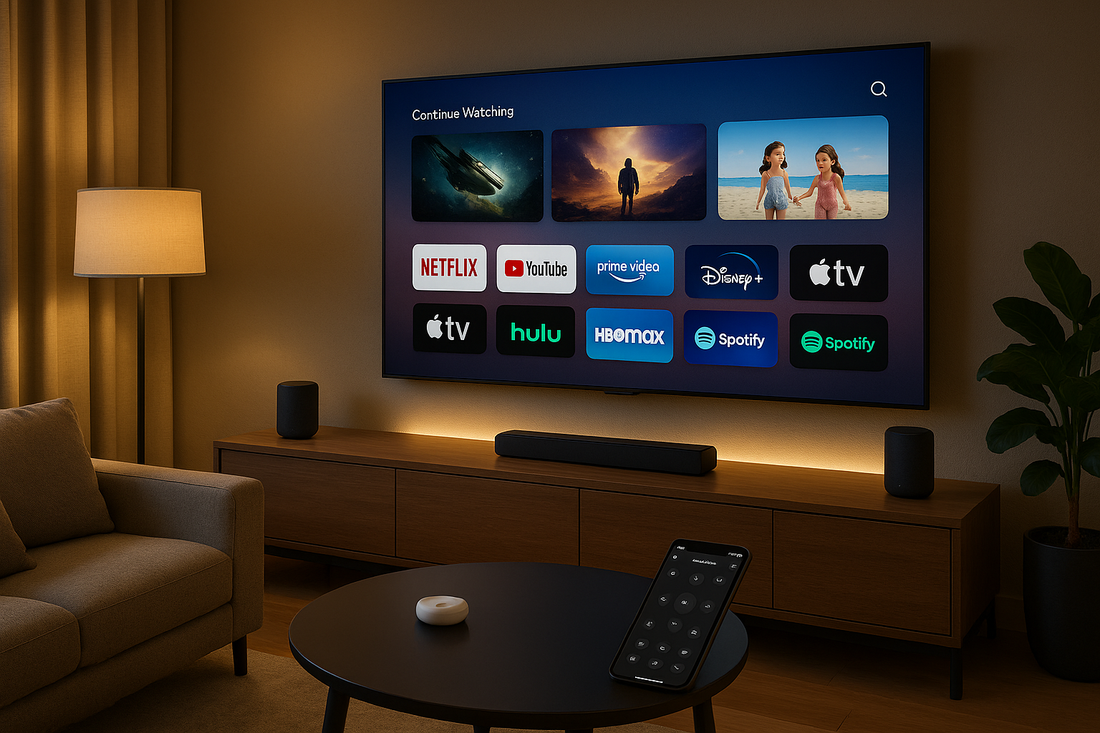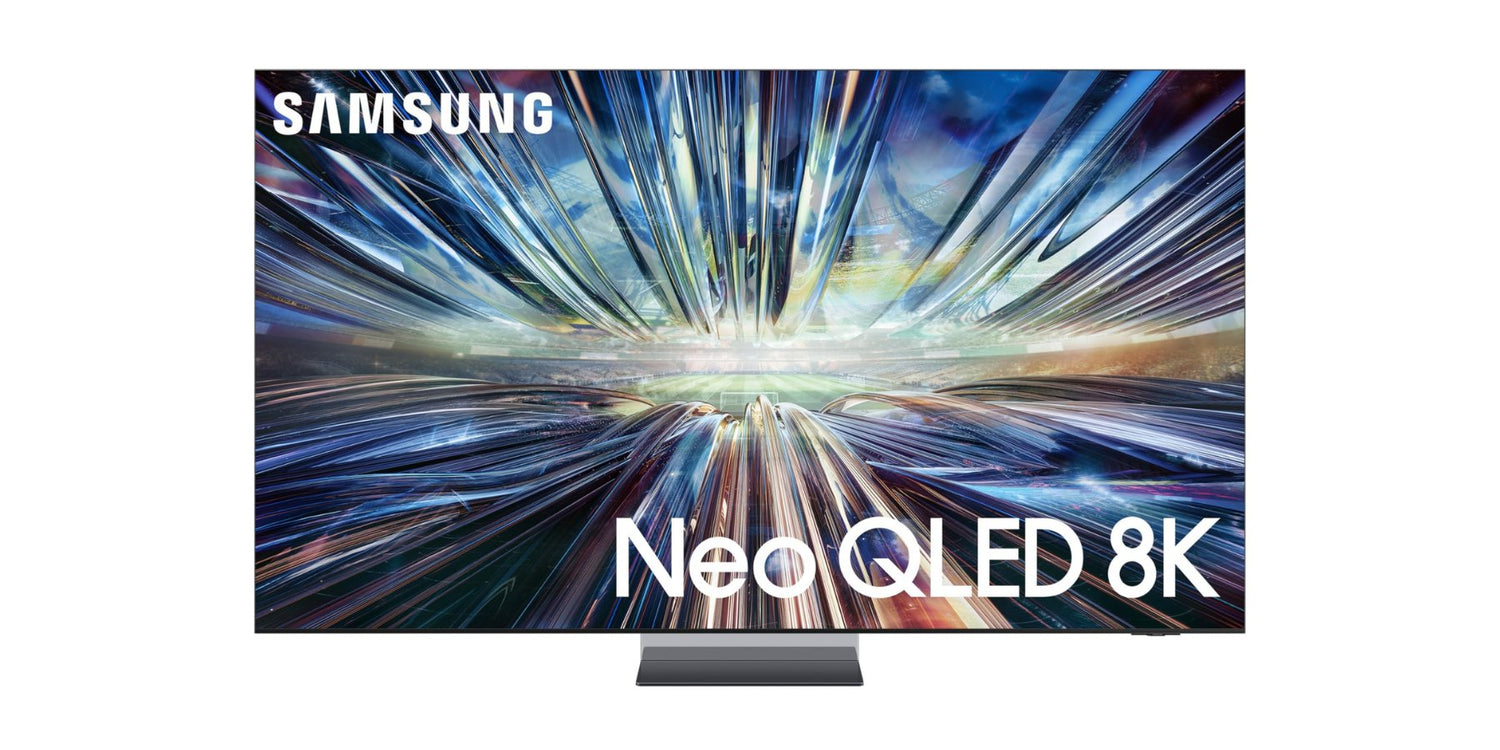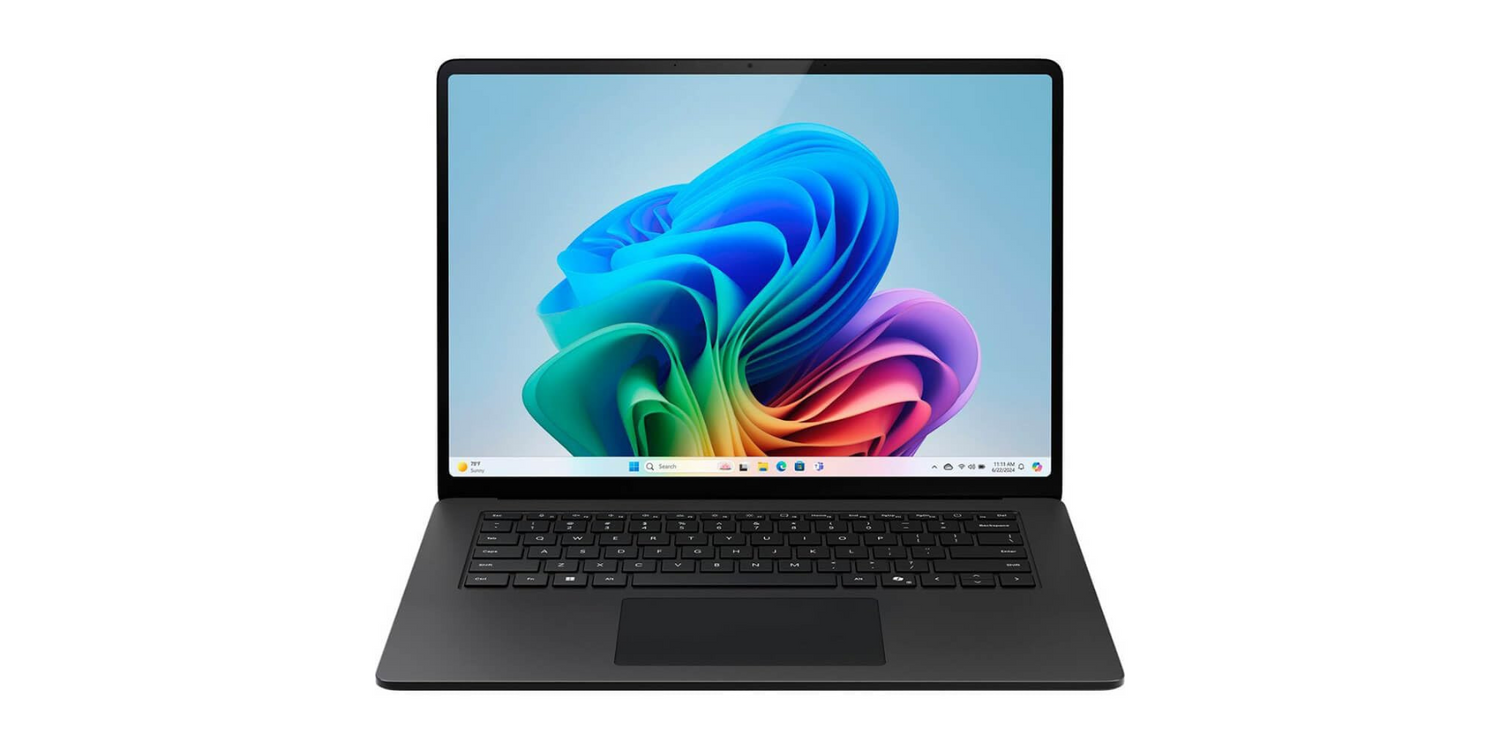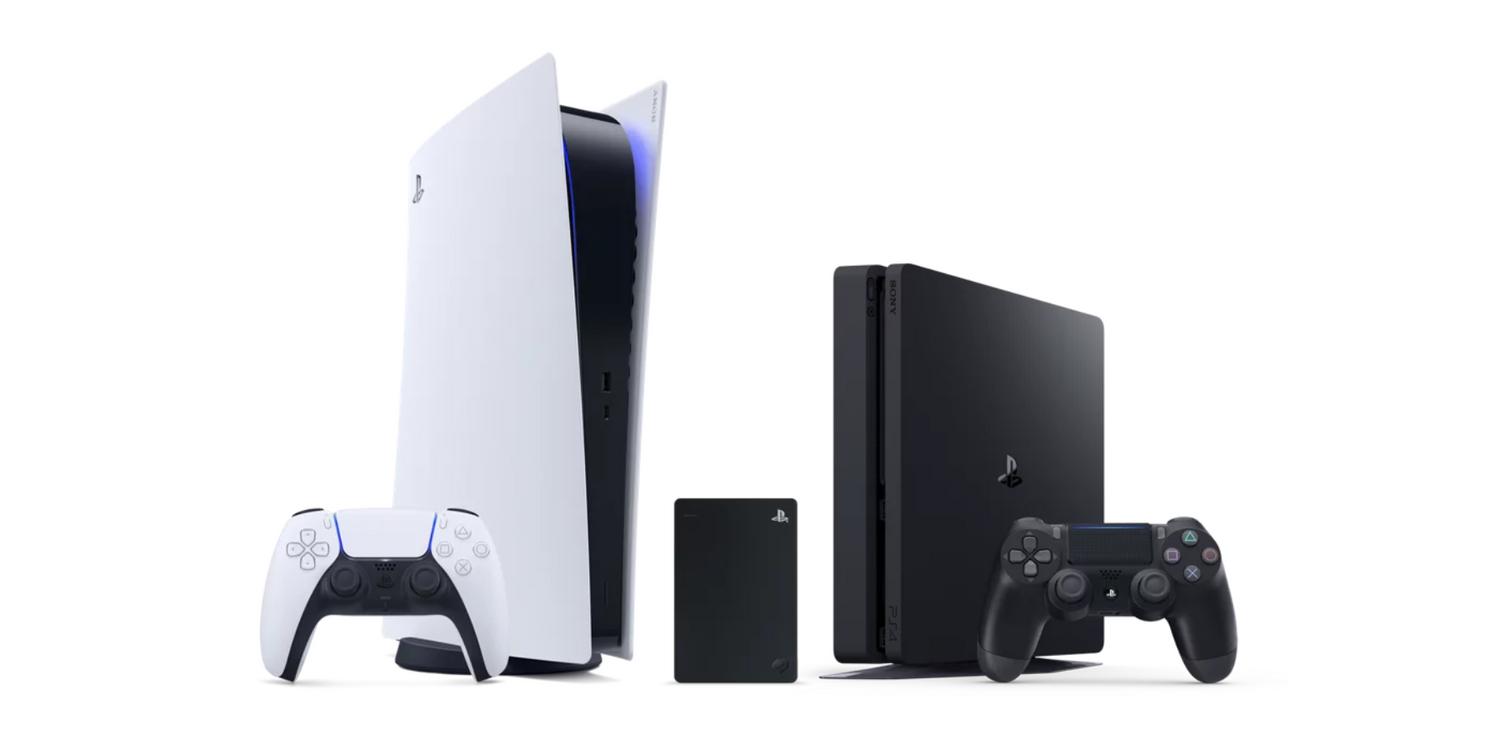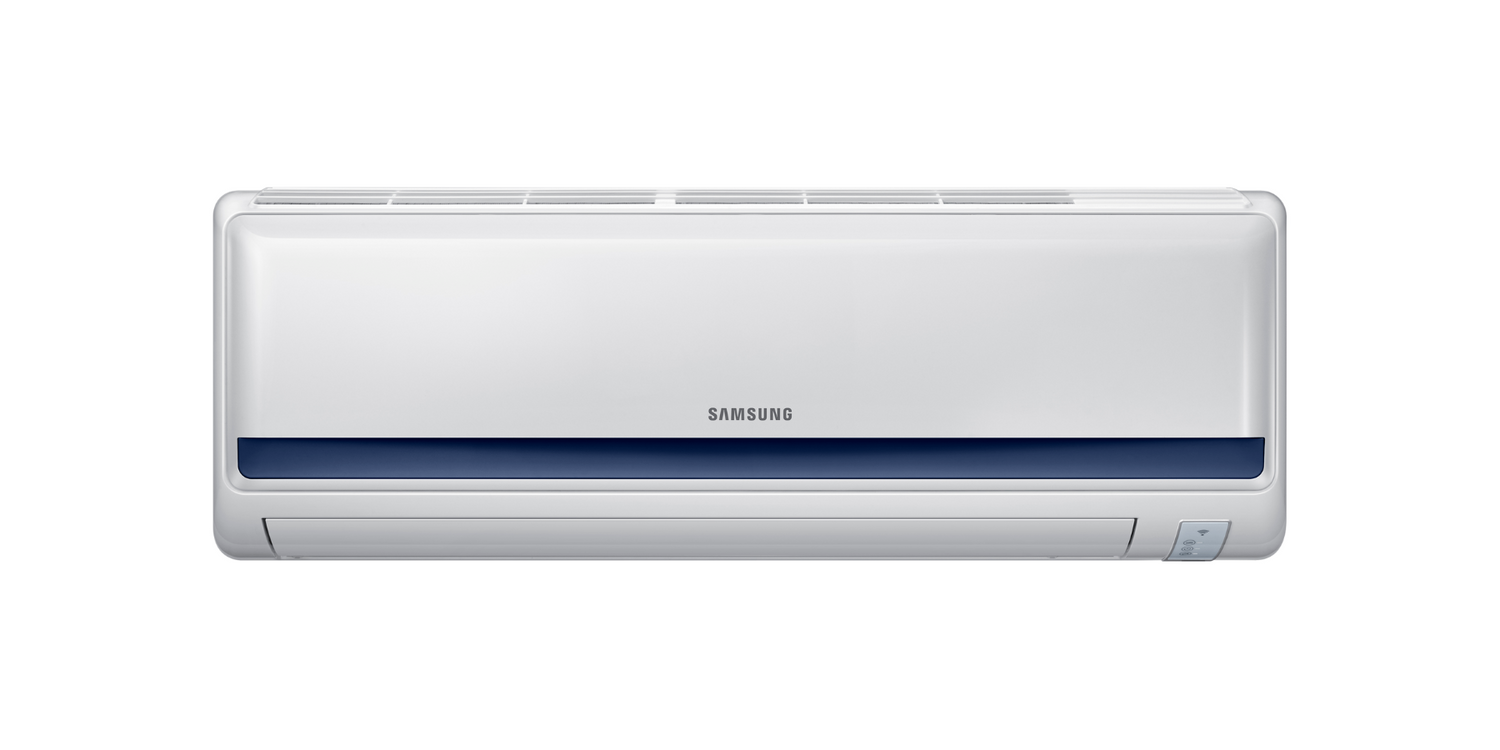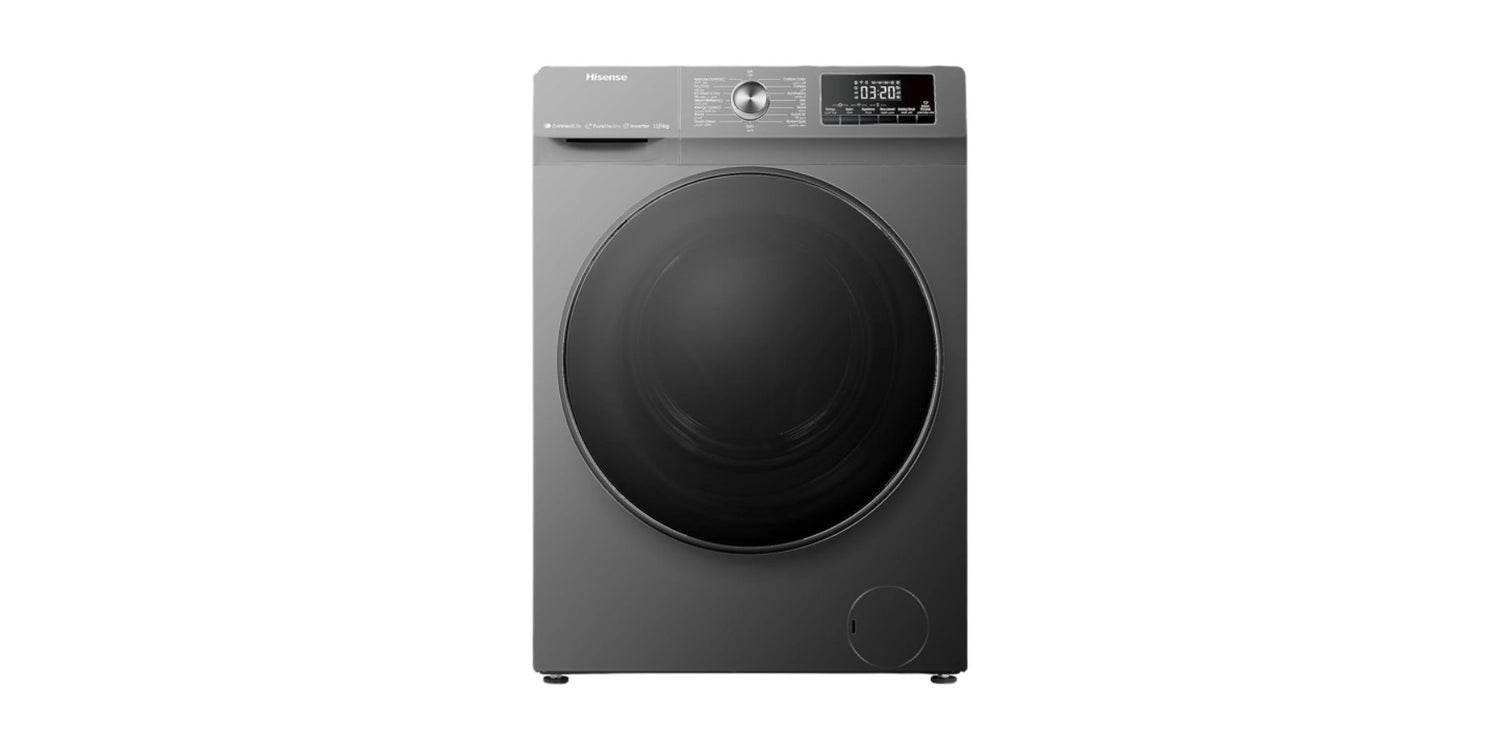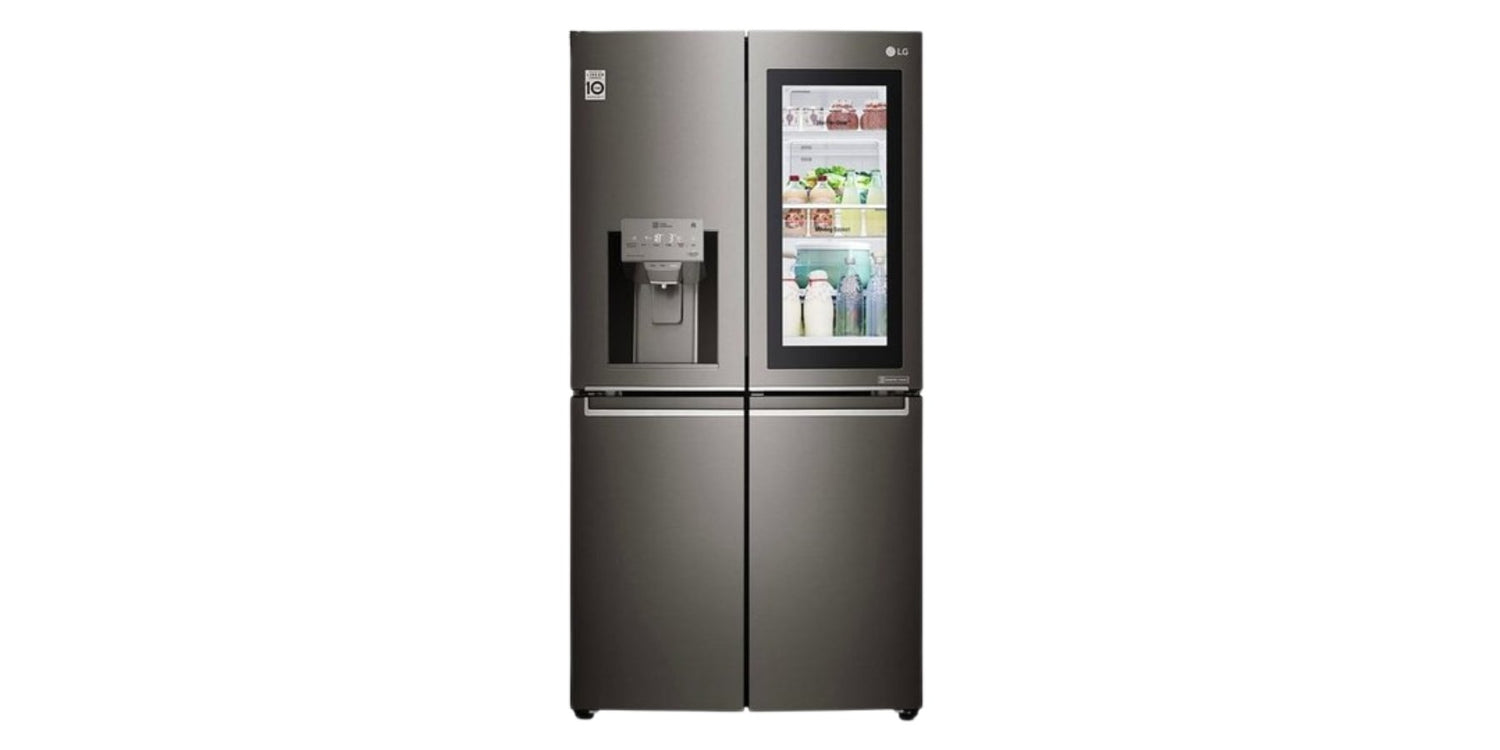What is a Smart TV?
A Smart TVs a television set that connects to the internet and allows users to stream content, browse the web, and interact with apps directly from their TV. Unlike traditional TVs, which rely solely on cable or satellite signals, Smart TVs integrate software and hardware that provide an interactive experience. Popular streaming apps such as Netflix, YouTube, Amazon Prime Video, and Disney+ are often pre-installed or easily downloadable, making access to your favorite content effortless.
In addition, many Smart TVs now include voice assistants like Google Assistant, Alexa, or built-in AI for smart home integration, enabling you to control other connected devices with your TV.

Key Features to Consider When Choosing a Smart TV
1. Screen Size and Viewing Distance
The first step in selecting a Smart TV is determining the ideal screen size for your space. Screen size is measured diagonally in inches and can significantly affect your viewing experience. As a general guideline:
-
32–43 inches: Best for small rooms or kitchens.
-
50–65 inches: Ideal for living rooms and medium-sized spaces.
-
65+ inches: Suitable for home theaters or large living rooms.
2. Resolution: HD, 4K, and 8K
Resolution refers to the number of pixels on your screen, determining image clarity and detail. Common resolutions include:
-
HD (720p/1080p): Suitable for smaller TVs or budget options.
-
4K Ultra HD (2160p): Offers four times the clarity of Full HD, making it ideal for most modern setups.
-
8K (4320p): Extremely high resolution for future-proofing, although content is limited.

3. Display Technology: LED, OLED, QLED
Understanding display technology helps you choose a TV that fits your picture quality expectations:
-
LED: Most common and affordable, offering good brightness and decent color accuracy.
-
OLED: Known for perfect blacks and vibrant colors, OLED TVs provide superior contrast and viewing angles but at a higher cost.
-
QLED: A variant of LED, enhanced with quantum dots for richer colors and brighter screens, ideal for bright rooms.
4. Smart TV Operating System
The operating system (OS) affects the TV’s usability, app selection, and performance. Popular Smart TV OS options include:
-
Android TV / Google TV: Offers Google Play Store, voice search, and Chromecast built-in.
-
WebOS (LG): User-friendly interface with LG-specific apps and AI features.
-
Tizen (Samsung): Smooth interface with Samsung Smart Hub, gaming, and streaming features.
-
Roku TV: Simple navigation with a vast library of apps and low learning curve.
5. Refresh Rate and Motion Handling
A TV’s refresh rate, measured in Hertz (Hz), indicates how many times per second the image updates. Higher refresh rates lead to smoother motion, which is crucial for sports, action movies, and gaming:
-
60Hz: Standard for most movies and TV shows.
-
120Hz: Provides smoother motion and better clarity for fast-paced content.
-
Variable Refresh Rate (VRR): Useful for gaming with minimal screen tearing.

6. Connectivity Options
Smart TVs come with multiple connectivity options to link with external devices:
-
HDMI Ports: Essential for gaming consoles, Blu-ray players, and streaming devices. Look for HDMI 2.1 if you have a next-gen console.
-
USB Ports: For connecting external storage or media devices.
-
Wi-Fi & Ethernet: Most Smart TVs support wireless streaming, but wired connections ensure stable performance.
-
Bluetooth: Useful for wireless headphones, speakers, and other accessories.
7. Audio Quality
While picture quality often takes center stage, audio is equally important. Built-in TV speakers may suffice for casual viewing, but for immersive experiences:
-
Soundbars: Offer enhanced clarity, bass, and surround sound.
-
Home Theater Systems: Ideal for cinematic sound but require more space and setup.

Additional Features That Enhance the Smart TV Experience
-
Voice Control: Allows you to search, change channels, or control smart devices hands-free.
-
Gaming Mode: Reduces input lag for a smoother gaming experience.
-
Screen Mirroring & Casting: Stream content from smartphones or tablets directly to your TV.
-
AI Upscaling: Enhances lower-resolution content to look better on high-resolution screens.
Budget Considerations
Smart TVs are available in a wide price range. While high-end models offer top-notch display and features, mid-range TVs often provide excellent value with most essential features. Budget considerations include:
-
Screen size and resolution
-
Brand reputation and warranty
-
Built-in features versus additional accessories
It’s often wise to balance features and price rather than chasing the latest technology alone.
Popular Smart TV Brands
Some of the most trusted Smart TV brands include:
-
Samsung TV: Known for QLED displays and Smart Hub OS.
-
LG TV: Popular for OLED technology and WebOS interface.
-
Sony TV: Offers superior image processing and Android TV features.
-
Hisense Smart TV: Budget-friendly options with decent performance.

Setting Up Your Smart TV
Once you purchase a Smart TV, setting it up properly ensures the best experience:
-
Placement: Position the TV at eye level and reduce glare from windows or lights.
-
Internet Connection: Connect to Wi-Fi or Ethernet for seamless streaming.
-
Software Updates: Keep the OS and apps updated for improved performance and security.
-
Calibration: Adjust picture and audio settings to suit your environment.
-
App Installation: Download your favorite streaming and utility apps.
Conclusion
Choosing the perfect Smart TVs involves more than just picking the biggest screen. By considering screen size, resolution, display technology, operating system, refresh rate, connectivity, audio, and additional features, you can find a TV that fits your home and lifestyle. Whether you’re a casual viewer, a gaming enthusiast, or a movie buff, the right Smart TV can transform your living room into a personalized entertainment hub.

